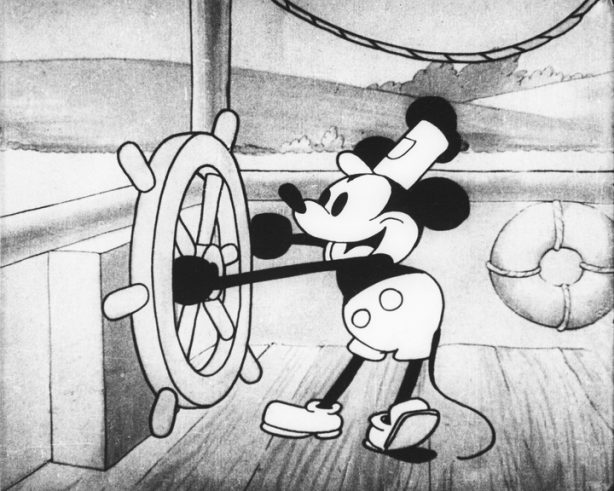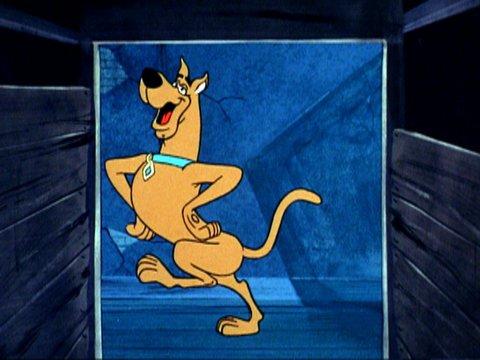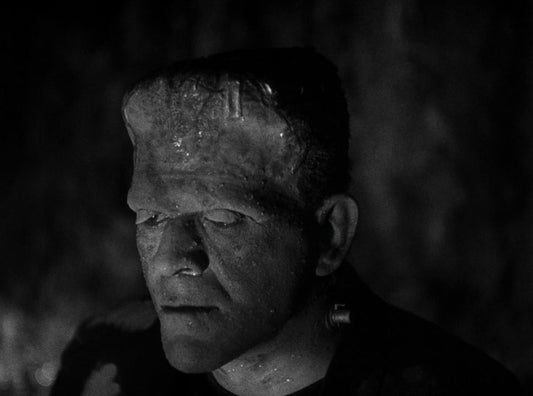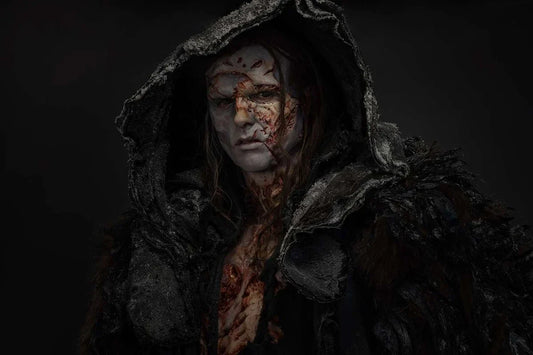Mickey Mouse, the cheerful, wide-eyed character who has become a global icon, had humble beginnings in the late 1920s. From his debut in black-and-white cartoons to his evolution into the symbol of Disney's entertainment empire, Mickey's story is a fascinating journey through the early days of animation. Let's explore how this beloved character was born and how he captured the hearts of millions.
The Birth of Mickey Mouse: A Response to a Setback
In the mid-1920s, Walt Disney and his collaborator Ub Iwerks were creating cartoons starring a character called Oswald the Lucky Rabbit, produced by Universal Pictures. However, Disney lost the rights to Oswald in 1928 due to a contract dispute with his distributor. Faced with the challenge of creating a new character to keep their animation studio afloat, Disney and Iwerks got to work on something fresh and exciting.
Mickey Mouse was born out of necessity. Originally named "Mortimer Mouse," Disney’s wife Lillian suggested that the name was too pompous, and "Mickey" was chosen instead. Mickey was designed to be simple, charming, and full of personality—a character who would resonate with audiences and, crucially, stand the test of time.
Mickey’s First Appearance: Plane Crazy and Steamboat Willie
Mickey made his screen debut in Plane Crazy (1928), a short film that showed the mouse attempting to become a pilot to impress Minnie Mouse. Despite its charm, Plane Crazy didn’t immediately find success with audiences or distributors. However, this wouldn’t be the end of Mickey Mouse's journey—his true breakout moment was just around the corner.
Later that same year, Disney and Iwerks created Steamboat Willie, which would become Mickey's official debut and one of the first cartoons to feature synchronized sound. Released on November 18, 1928, Steamboat Willie was a groundbreaking achievement in animation, and audiences were captivated by the way sound and movement were seamlessly integrated into the story. Mickey Mouse’s whistling, dancing, and playful antics as a steamboat deckhand struck a chord with viewers, and a star was born.
Mickey Mouse’s Rise to Fame
Following the success of Steamboat Willie, Mickey Mouse quickly became a cultural phenomenon. In the 1930s, Mickey appeared in a series of successful short films, including The Band Concert (1935), his first color cartoon. Mickey's design evolved, moving from his early black-and-white appearance to the more familiar red shorts, white gloves, and yellow shoes that have become iconic.
Mickey's popularity spread beyond film. He appeared in comic strips, merchandise, and later on television, becoming the face of the growing Walt Disney Company. Mickey’s cheerful, optimistic nature and his willingness to take on any challenge made him a beloved figure for audiences around the world.
The Legacy of Mickey Mouse
Over the decades, Mickey Mouse has become much more than a cartoon character—he's a symbol of childhood joy, imagination, and Disney’s legacy of storytelling. His image is instantly recognizable, and his impact on pop culture is unmatched. Today, Mickey continues to appear in new forms of media, from animated series to theme park attractions, and remains as beloved as ever.
Steamboat Willie and the Public Domain

Mickey Mouse’s first appearance in Steamboat Willie is set to enter the public domain in 2024. While modern versions of Mickey Mouse remain protected by copyright, this early black-and-white iteration of Mickey will soon be free for creative reinterpretation. This milestone opens the door for creators to explore Mickey’s origins in new ways while preserving the magic that made him an icon in the first place.
A Legacy Born from Determination
Mickey Mouse’s journey from a hastily created character to a cultural icon is a testament to Walt Disney’s creativity and resilience. From the early days of animation to becoming the face of a global brand, Mickey Mouse has left an indelible mark on entertainment. As Mickey’s earliest adventures approach the public domain, his story continues to evolve, inspiring new generations of fans and creators alike.






